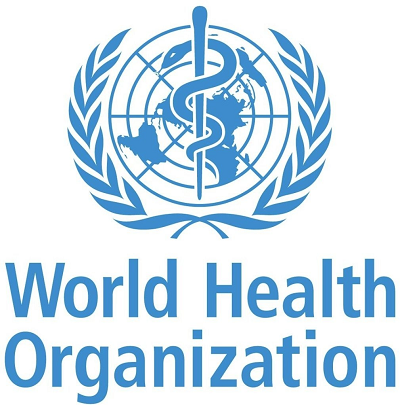Passing it on: Mothers with diabetes risk affecting their newborn – here’s how to stop it
12/01/2019 / By Edsel Cook

Did your mother experience clear signs of diabetes during her pregnancy? Then she might have passed on the risk of developing the disease to you, a recent study has warned.
Detecting diabetes at the earliest stage possible is vital to slow down or prevent its onset. However, up to 25 percent of children and youth only learn about their diabetic condition during check-up related to ketoacidosis, a potentially dangerous complication connected to diabetes.
As a result, healthcare providers look for early indicators of that metabolic disorder. Researchers from McGill University might have found one of the most advanced warning signs – gestational diabetes in the mother of a patient.
“Although type 1 and type 2 diabetes in parents are well-established risk factors for diabetes, we show that gestational diabetes mellitus may be a risk indicator for diabetes in the mother’s children before age 22,” explained McGill researcher Dr. Kaberi Dasgupta.
Dasgupta and his teammates from McGill’s Centre for Outcomes Research and Evaluation (CORE) studied the potential connection between gestational diabetes and the occurrence of childhood-onset and youth-onset diabetes in their children. (Related: The black ridge oak from Asia found to inhibit glucose, shows promise as a natural diabetes medicine.)
Mothers who developed diabetes during pregnancy may give birth to diabetic children
The McGill research team drew its data from administrative databases of public health insurance in Quebec, Canada. They randomly picked single live births from 1990 to 2007, where the mother developed gestational diabetes. They followed each case until 2012.

By feeding the data into base and adjusted math models, they determined the risk of diabetes appearing in the children of mothers who developed diabetes during pregnancy.
Furthermore, they also analyzed the diabetes risk for particular age groups. The childhood group encompassed newborns to 12-year-old children, while the youth group covered kids from 12 to 22 years of age.
Their evaluation showed that the children of mothers with gestational diabetes proved more prone to develop pediatric diabetes than the kids born to healthy moms.
Further, the adjusted model unearthed a connection between maternal gestational diabetes and the appearance of pediatric diabetes. Both the childhood group and the youth group demonstrated a higher risk of developing the disease.
The researchers expressed the need to look at long-term outcomes in pediatric diabetes patients with a history of gestational diabetes on their mother’s side. They wanted to compare the severity and results of this sub-group with those of diabetic patients whose mothers didn’t develop the disease during pregnancy.
The earlier the risk of diabetes is detected, the easier it is to prevent
In their study, the McGill researchers noted that Type 1 diabetes made up more than 90 percent of diabetes cases in Canada that affected children and youths. The persistent auto-antibodies that attacked pancreatic islet cells tended to peak at around two years of age, and some patients developed diabetes years later.
The earlier diabetes is detected, the more effective its management. Researchers continue to look for reliable indicators of a person’s vulnerability to the disease.
Healthcare providers look for repeated enteroviral infections, vulnerability to rotavirus infections, and older parents. They may add a maternal history of gestational diabetes to the list.
“This link of diabetes in children and youth with gestational diabetes in the mother has the potential to stimulate clinicians, parents, and children and youth themselves to consider the possibility of diabetes if offspring of a mother with gestational diabetes mellitus develop signs and symptoms,” said Dasgupta.
He cited fatigue, unnatural thirst, frequent urination, and weight loss as warning signs of diabetes in pregnant women. Patients must talk with their healthcare provider regarding the risk of their child developing the same disease in the future.
Sources include:
Submit a correction >>
Tagged Under:
babies, child health, children's health, diabetes, diabetes detection, diabetes mellitus, diabetic, infant health, medical research, newborn, newborns, pediatric diabetes, pregnancy, pregnant mothers, prevent diabetes, prevention, women's health
This article may contain statements that reflect the opinion of the author



















